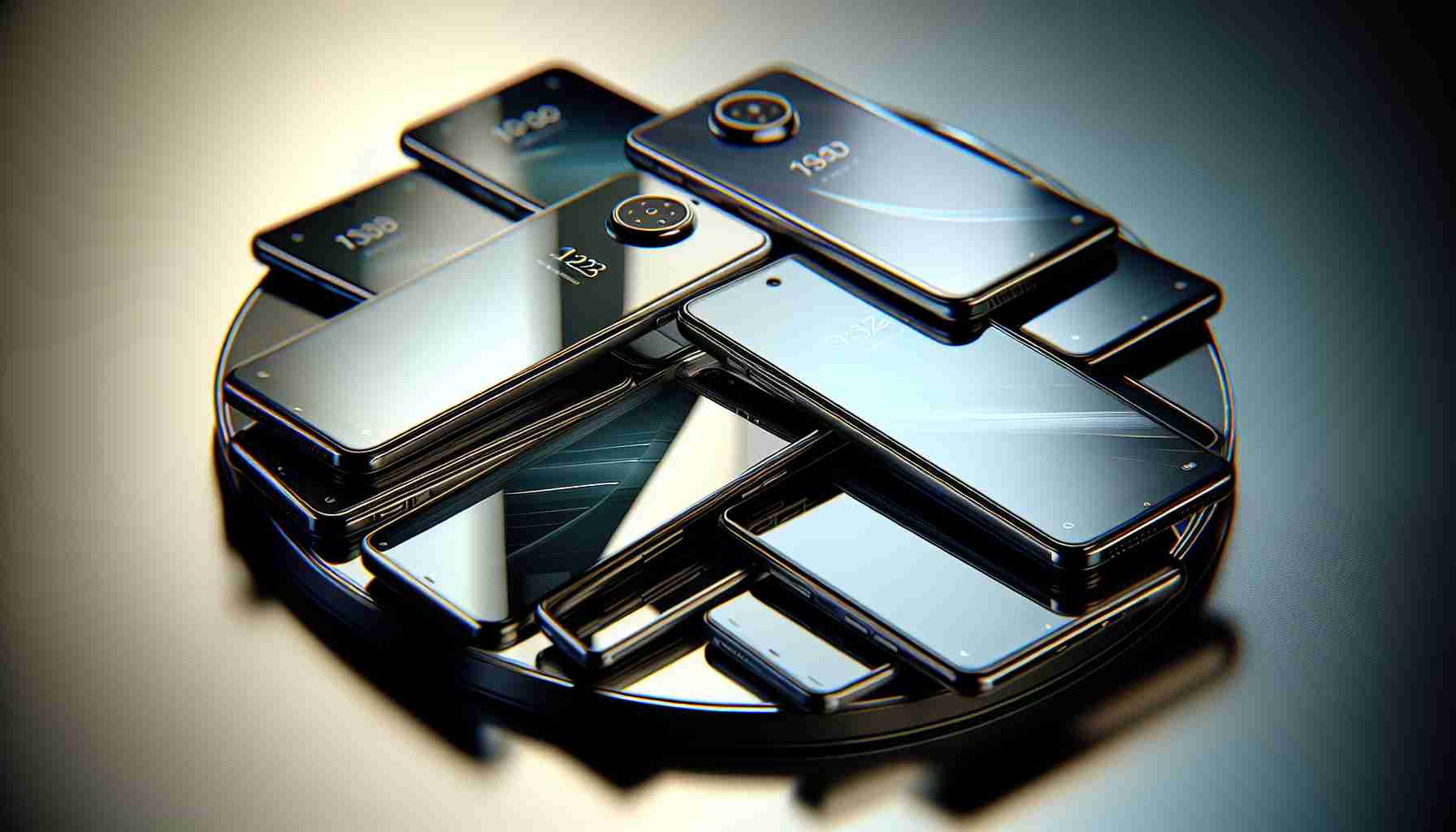Groundbreaking Tech in Affordable Smartphones
Earlier this year, OnePlus introduced the exceptional OnePlus 12R, a device that offers high-end performance at a mid-range price point, starting at just $500. With qualities reminiscent of flagship models, the OnePlus 12R was an easy suggestion for those seeking value.
Now, entering the fray is the Pixel 8a, Google’s 2024 entrant into the mid-range market. Though its processor may not outmuscle that of the 12R, the Pixel 8a comes equipped with an arsenal of Google’s AI capabilities.
Software sophistication is a battleground where the Pixel 8a may hold an edge over the OnePlus 12R, owing to its promise of 7 years of consistent Android updates. This comparison unfolds some fascinating differences between the two contenders.
Diversity in Design and Substance
The Pixel 8a and OnePlus 12R diverge on the aesthetic front, with the former sporting a slimmer, lighter body and the latter endorsing a more substantial presence. The Pixel 8a’s restrained camera bar aesthetic stands in contrast to the OnePlus 12R’s bold circular camera array.
When it comes to durability, the OnePlus 12R’s robust Gorilla Glass Victus 2 eclipses the Pixel 8a’s offering. However, if resilience to the elements is a priority, the Pixel 8a’s superior IP67 water and dust resistance rating is noteworthy beside the 12R’s IP64.
Contrasting Displays for Diverse Preferences
Display technology sees a bifurcation; both devices offer a 120Hz refresh rate, but the scale tips in favor of OnePlus for size enthusiasts with its massive 6.8-inch screen against the Pixel’s modest 6.1-inch. The OnePlus 12R boasts screen brightness that, while impressive, does not quite reach the peaks claimed, while the Pixel 8a shares its display credentials with its higher-end sibling, slightly outshining the 12R in tests.
Performance Under the Hood
Although the OnePlus 12R is driven by the older but more robust Snapdragon 8 Gen 2 chipset and can come with up to 16GB of RAM, it’s not all about sheer power. The Pixel 8a’s newer Tensor G3 chipset is complemented by Google’s suite of AI tools, despite its modest maximum of 8GB of RAM.
Software is a tale of two cities; the OnePlus flaunts the cleanliness of OxygenOS 14, while the Pixel 8a delivers the unadulterated Android 14 experience, combined with longevity in the form of a 7-year software support guarantee.
Camera Comparisons Pending
As Google takes a swing at the title for best sub-$500 camera with the Pixel 8a, the true test will be in a head-to-head comparison, especially for those valuing camera versatility. However, for now, the stage is set as these two smartphones vie for the hearts and budgets of mid-range buyers.
Important Questions and Answers:
1. What makes mid-range smartphones appealing to consumers?
Mid-range smartphones like the OnePlus 12R and the Pixel 8a offer a balance between features, performance, and price, making them appealing for consumers who want good specs without the flagship cost.
2. How do software updates contribute to a smartphone’s longevity?
Software updates, such as the Pixel 8a’s 7-year guarantee, provide new features, security patches, and performance improvements over time, thus extending the lifespan of a device and improving user experience.
3. What should consumers consider when comparing the Pixel 8a and OnePlus 12R?
Consumers should consider overall performance, software experience, camera quality, design preferences, display quality, battery life, and price. Each phone has strengths in different areas, so choice depends on personal priorities.
Key Challenges and Controversies:
Mid-range vs. Flagship: The challenge for manufacturers is to offer compelling features in mid-range models that can differentiate them from flagship phones, without cannibalizing sales of higher-end units.
Sustainability: There’s an ongoing controversy regarding the environmental impact of smartphones. Offering longer software support, as Google does with the Pixel 8a, can be seen as a step towards sustainability as it potentially reduces electronic waste by extending the usable life of the device.
Privacy and Security: With the increasing use of AI and data processing, questions around privacy and the security of user information arise. How companies handle user data is often scrutinized, so transparent policies are crucial.
Advantages and Disadvantages:
Advantages:
– OnePlus 12R: Offers robust performance with Snapdragon 8 Gen 2 and up to 16GB of RAM, ideal for power users. Its large 6.8-inch display is suitable for media consumption, and the sturdy Gorilla Glass Victus 2 provides good durability.
– Pixel 8a: Comes with Google’s AI capabilities and promises of 7 years of Android updates, leading to a potentially longer lifespan. It also boasts IP67 water and dust resistance for enhanced durability.
Disadvantages:
– OnePlus 12R: While powerful, it may not receive as many long-term software updates as the Pixel 8a and has a lower IP64 water and dust resistance rating.
– Pixel 8a: The hardware, such as the Tensor G3 chipset and 8GB of RAM, might not match the OnePlus 12R’s performance benchmarks, and its smaller screen size might not appeal to users who prefer larger displays.
For more information relating to mid-range smartphones and the latest in technology, consider visiting these official websites:
Please note that as an assistant, I can’t guarantee live websites, but provided links based on my last update. Always ensure that you’re visiting secure and official websites for accurate information.
The source of the article is from the blog macholevante.com
